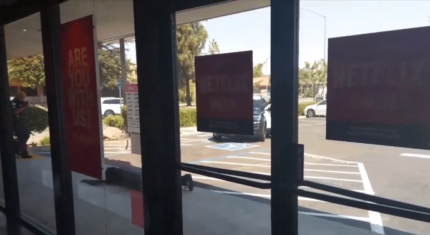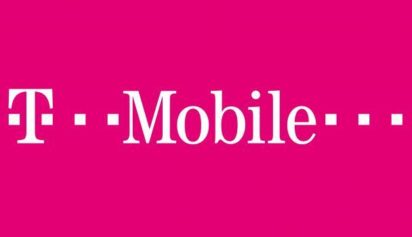Net neutrality (the principle that Internet service providers treat all data on the Internet the same) has seen headier days, and, to be honest, it never stood a chance in the wireless industry — but T-Mobile just drove the point home at its Uncarrier 6.0 announcement in Seattle this week.
With a new initiative it’s calling Music Freedom, a handful of music services will be blessed by the carrier so that they don’t hit subscribers’ monthly data allowances. (T-Mobile doesn’t charge overage fees, but throttles data speeds once users reached prescribed limits.) The list of Music Freedom-compatible services currently includes Pandora, Rhapsody, iHeartRadio, iTunes Radio, Slacker, Spotify, Samsung’s Milk, and the forthcoming streaming service from electronic music destination Beatport. It’ll also be taking votes from customers through its website and on Twitter for other services to add to the list of exemptions.
It sounds wonderful — and right in line with the “uncarrier” image that firebrand CEO John Legere has worked so hard to cultivate — but it’s a terribly slippery slope: T-Mobile has decided, arbitrarily, that some of the data traveling over its pipes should count against a cap, while other data should not. What’s to stop it from using data cap exemptions as a punitive measure against content providers that aren’t on good terms with T-Mobile (or its parent company Deutsche Telekom)?
Other carriers are undoubtedly taking note. While T-Mobile isn’t charging any content providers for the cap exemptions, AT&T is getting into that game with its Sponsored Data program. It’s exactly what it sounds like: someone pays for you to get around your normal data usage. What are the odds you’d use Spotify if Google paid AT&T to exempt Play Music, for instance?
So while T-Mobile’s move will be perceived as an altruistic and competitive one — “Music should have no limits,” Legere says — it’s important to look at this as a domino, a seemingly innocuous tile that’s rocking back and forth. At the end of that long domino line is a weird, broken, disjointed place that looks nothing like the Internet we know today.
Read the full story at theverge.com



